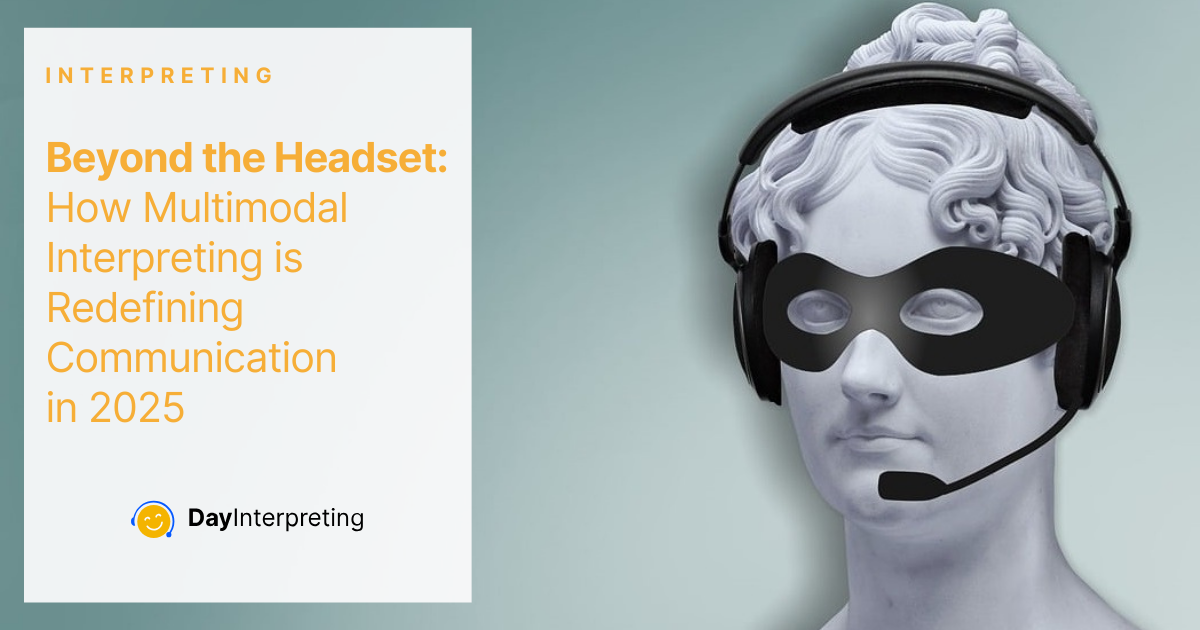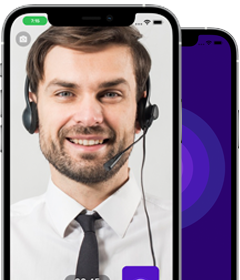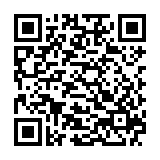The interpreting world has always been about bridging gaps, language, culture, and context. But in 2025, “bridging” has evolved into something far more dynamic. Interpreting is no longer confined to voice or text. Thanks to the rise of multimodal interpreting, professionals are now blending audio, video, text, and even visual cues into a single, seamless communication experience.
What is Multimodal Interpreting?
Traditionally, interpreting has been divided into a few main modes: consecutive, simultaneous, whispered, and written. In multimodal interpreting, interpreters combine these methods, often with technology, to meet the unique needs of each interaction. For example, an interpreter in a hybrid medical consultation might simultaneously provide:
- Spoken interpretation for the doctor
- Live captions for hearing-impaired staff
- Real-time image labeling for visual references like scans or diagrams
This flexible approach acknowledges that communication is rarely one-dimensional.
Why 2025 is the Tipping Point
Several tech and social trends are converging to make multimodal interpreting mainstream:
- Better bandwidth: Faster internet speeds globally allow high-quality video and audio streaming, even in rural areas.
- Integrated platforms: Remote meeting tools now offer built-in features for captions, image sharing, and language channels.
- Accessibility laws: Updated regulations in the US, EU, and parts of Asia require more inclusive language access in healthcare, education, and government.
- AI support: Artificial intelligence is making it easier for interpreters to switch between modalities without losing accuracy.
Real-World Applications of Multimodal Interpreting
Emergency Response
In disaster zones, a multimodal interpreter might use audio interpreting for urgent commands, while sending simplified text instructions and annotated images to volunteers who speak multiple languages.
Courtrooms
Legal proceedings now often include live captions alongside voice interpreting, ensuring that everyone, including those with hearing impairments, has equal access.
Business Negotiations
International trade meetings may involve real-time speech translation combined with on-screen terminology glossaries so all parties can reference key terms.
The Human Factor
While AI is playing a bigger role, human interpreters remain the center of this evolution. The ability to read body language, adjust tone for cultural nuances, and manage sensitive conversations is something machines still can’t fully replicate. Multimodal workflows simply give interpreters more tools to be effective.
Interpreters are also having to upskill, not just in language proficiency but in digital literacy, multitasking, and platform management. A modern interpreter might find themselves managing an online meeting room, handling chat questions, and switching between audio and text output in real time.
Challenges to Watch
- Cognitive load: Managing multiple modalities can be mentally taxing and may require shorter interpreting shifts.
- Privacy concerns: Sharing visual data (like patient charts) in real time raises security and confidentiality issues.
- Tech dependency: Power outages or platform failures can bring multimodal interpreting to a halt.
What’s Next?
Experts predict that by 2027, most professional interpreters will be trained in at least two modalities beyond speech. There’s also talk of augmented reality overlays, where participants see translations or clarifications floating in their field of vision during live conversations.
Multimodal interpreting isn’t replacing traditional methods; it’s expanding them. For clients, it means richer, more accessible communication. For interpreters, it’s an opportunity to grow their skills and stay ahead in a fast-changing industry.





0 Comments